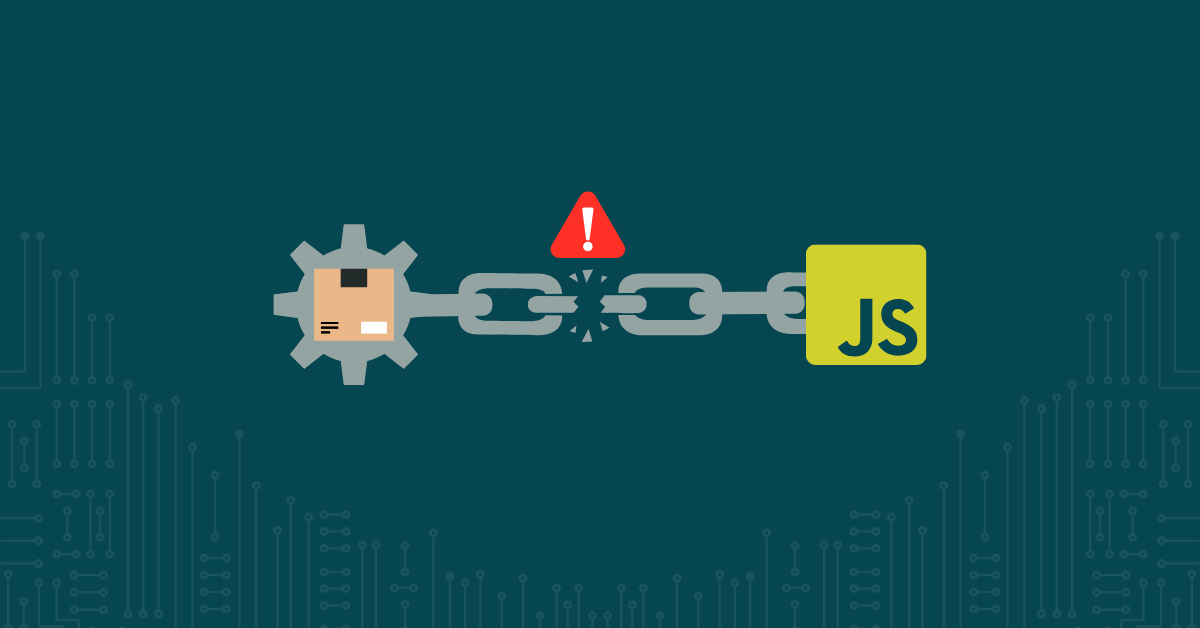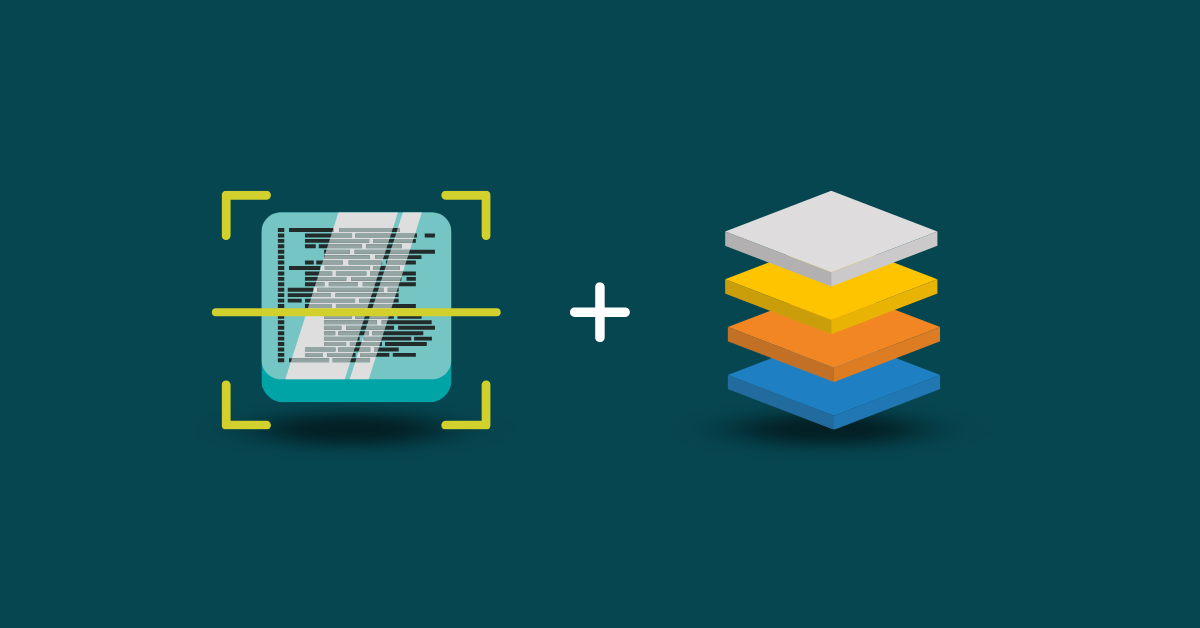

The cybersecurity world is reeling from what experts are calling the largest supply chain attack in history. Hackers successfully infiltrated popular JavaScript packages with billions of downloads, injecting malicious code designed to steal cryptocurrency and compromise applications worldwide. Attackers gained access through a simple phishing email, demonstrating how easily trusted open source packages can become attack vectors.
This latest incident follows a pattern of high-profile supply chain attacks like the polyfill.io compromise, where a widely trusted third-party service was purchased by attackers and weaponized to inject malicious scripts into countless websites. These attacks are particularly dangerous because they exploit the implicit trust developers place in open source packages and third-party services.
The reality is sobering: when hackers poison a popular package, they instantly gain backdoor access to every application that depends on it. Traditional security measures often miss these threats because the malicious code is embedded within legitimate, previously trusted packages.
While the security community scrambles to assess the damage, organizations using Kiuwan’s advanced static analysis platform have a clear advantage. We’ve developed a powerful new JavaScript rule that specifically addresses this type of supply chain attack through intelligent string detection.
Our custom rule for JavaScript allows security teams to search for specific string constants in their codebase—this includes package names, compromised domains, or any other identifiable markers of known threats. When a new supply chain attack is disclosed (such as the recent JavaScript packages), teams can immediately:
See how to customize rules below.
This approach delivers three critical advantages:
Many security tools rely solely on composition analysis, which can miss threats that use different implementation methods or hard-coded malicious URLs. In the polyfill.io case, for example, many developers unknowingly referenced a compromised domain that wouldn’t be caught by standard dependency scanning.
String-based detection complements deeper analysis by catching well-known, high-risk patterns quickly and reliably—exactly what’s needed when facing rapidly evolving supply chain threats.
The custom JavaScript rule for supply chain threat detection is available now to Kiuwan customers. Don’t wait for the next attack to expose your applications—read more information on Kiuwan rules management here.
Ready to protect your software supply chain? Contact your Kiuwan representative to implement string-based detection rules and stay ahead of emerging threats or try Kiuwan for free today.


